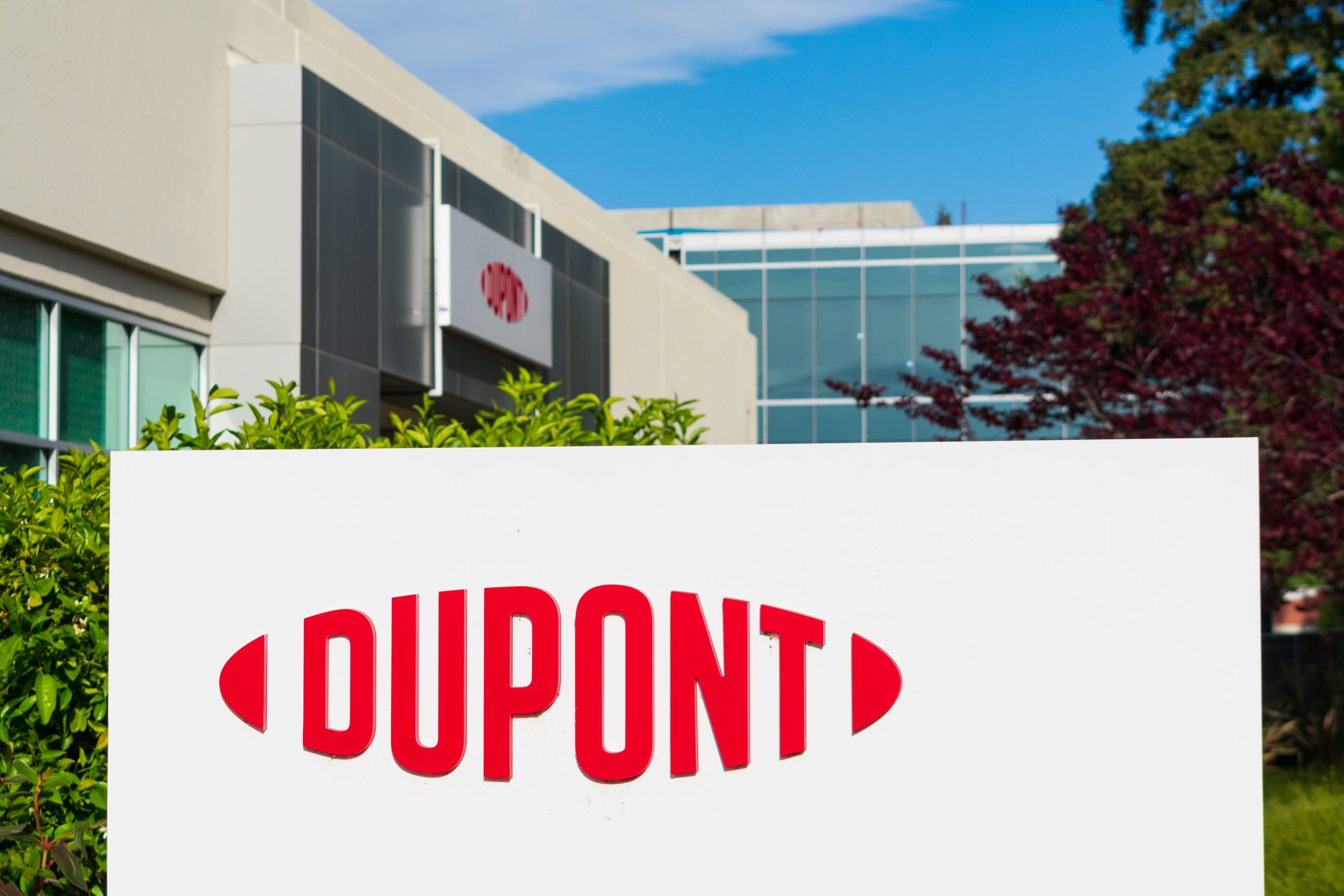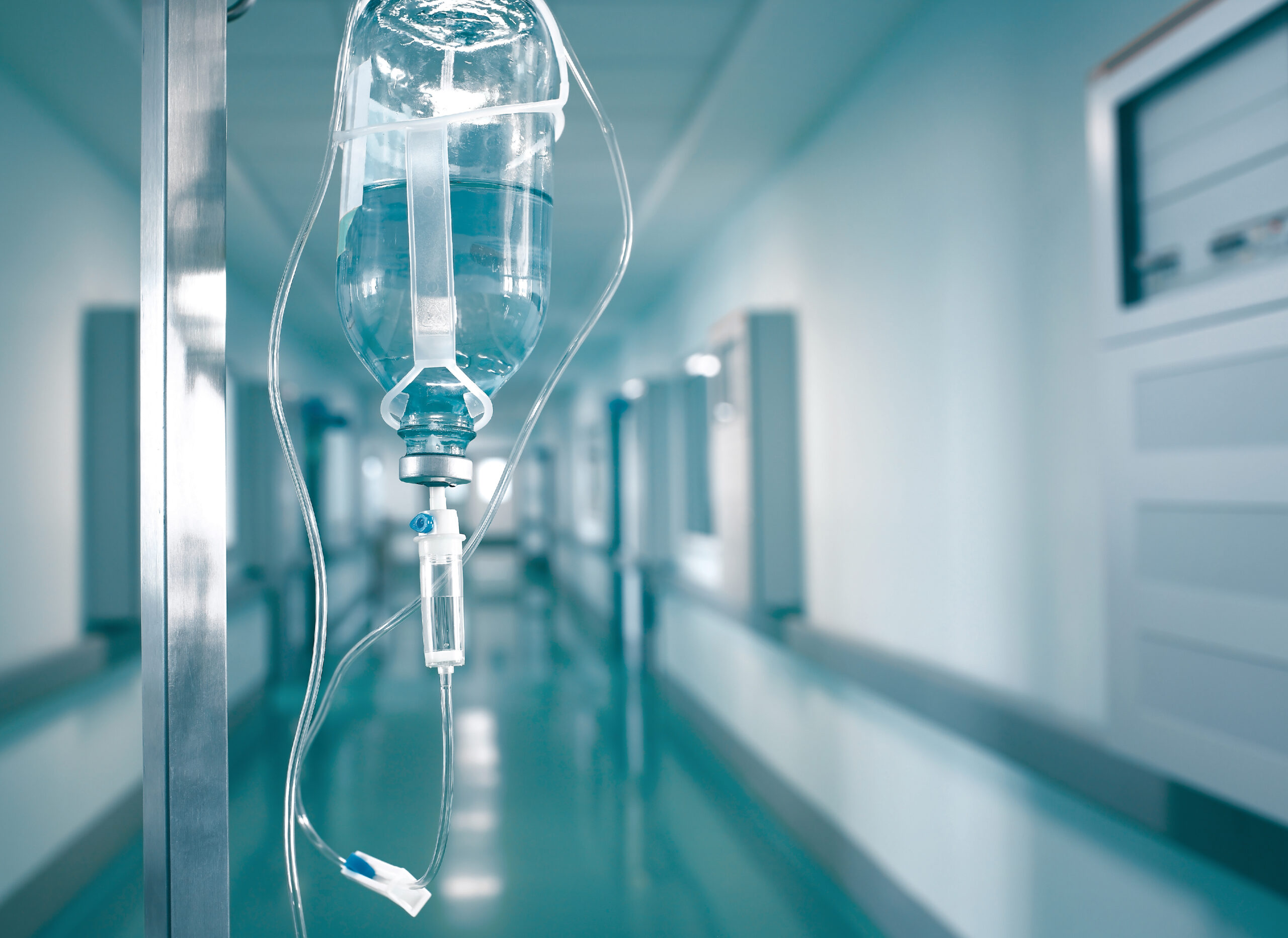DuPont’s $27 million payout for poisoning a New York village’s water isn’t just a number—it’s a symbol of how corporate giants and government regulators casually gamble with American lives, all while Main Street foots the bill and watches basic values dissolve.
At a Glance
- DuPont settles for $27 million over toxic PFOA contamination in Hoosick Falls, NY, after years of legal battles.
- Settlement includes $6 million earmarked for medical monitoring of residents facing cancer and lifelong health risks.
- Total recovery for the village surpasses $92 million, with all major defendants now having paid up.
- Case highlights the growing national crisis of “forever chemicals” in American water—while regulatory accountability remains elusive.
DuPont’s Settlement: A Price Tag on Poison
For years, the people of Hoosick Falls, New York, lived with contaminated tap water laced with PFOA—a “forever chemical” DuPont and its industry partners dumped into their community without a second thought. Now, after nearly a decade of lawsuits and delays, DuPont has agreed to a $27 million settlement. Don’t mistake this as charity, justice, or accountability. It’s a calculated move to end a legal headache, not a heartfelt act of remorse for the cancers and health scares inflicted on American families. The settlement brings the total recovery for the village to over $92 million, but no amount of money can erase the fear and betrayal these residents endured. How many more American towns will need to be poisoned before these corporate titans are stopped?
Chemical maker DuPont to shell out $27M for toxic contamination of NY village’s water supply https://t.co/JzNX6Y0K16 pic.twitter.com/lMjYg32rzj
— New York Post (@nypost) July 11, 2025
DuPont’s decision to settle comes on the heels of similar payouts by Saint-Gobain, Honeywell, and 3M, all parties in a class action suit that exposed a pattern: profits first, safety last. The $6 million portion set aside for medical monitoring is a bandage on a gaping wound—an admission that the risks are real, ongoing, and likely to haunt these families for years. Meanwhile, DuPont tries to distance itself, pointing out that it spun off its chemicals division in 2015. The message is clear: when the consequences come, the suits shuffle responsibility and the community is left holding the bag.
Watch a report: Chemical maker DuPont to shell out $27M for toxic contamination of NY village’s water supply
The Anatomy of a Corporate Cover-Up
PFOA, the toxin at the heart of this disaster, isn’t some harmless industrial byproduct. It’s a known carcinogen, a “forever chemical” that resists breakdown and accumulates in the human body, linked to kidney and testicular cancer. The contamination in Hoosick Falls was traced to a local Teflon coating facility, with DuPont supplying the Teflon and 3M making the PFOA. The story is as American as apple pie, only laced with a dash of corporate arrogance and regulatory impotence. Residents only learned of their exposure after years of secrecy and denial—when it was far too late to prevent the damage.
What Hoosick Falls suffered isn’t unique. Similar lawsuits are erupting across America as communities discover that their water, their homes, and their health have all been collateral damage in a decades-long corporate experiment. DuPont’s previous $670 million settlement in West Virginia and Ohio should have served as a warning shot, but the industry’s playbook remains the same: deny, delay, and settle for pennies on the dollar when the outrage becomes too loud to ignore.
Why Hoosick Falls Matters to Every American
This isn’t simply about one small town in upstate New York. Hoosick Falls is the canary in the coal mine for every American community where regulators look the other way and industry writes the rules. The settlement, if approved by the courts, sets a precedent: chemical manufacturers, not just direct polluters, can and will be held responsible for the toxic fallout of their products. That’s good news for the lawyers, and perhaps some measure of relief for the victims. But here’s the real outrage: how did it get this far? Where were the watchdogs? How many Americans are drinking, bathing, or cooking in water contaminated by the next “miracle chemical” that regulators swore was safe?











